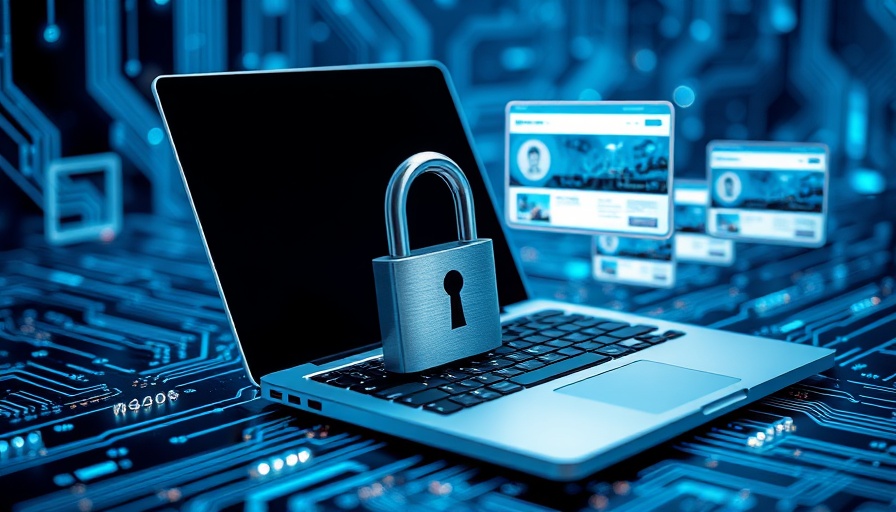
Introduction to the New Standards
In a major shift for online security protocols, the Certification Authority Browser Forum has unanimously voted to reduce Secure Sockets Layer/Transport Layer Security (SSL/TLS) certificate lifespans to just 47 days by March 2029. This groundbreaking decision aims to elevate the security landscape of the internet by decreasing the potential risk connected to compromised digital certificates. Currently, these certificates hold a validity of 398 days, leading to concerns about their extended exposure to security threats.
Why the Change is Necessary
With a growing number of cyber threats, the push for reduced certificate lifespans reflects an urgent response to bolster online security. Shortening the validity period from 398 days to just 47 minimizes the risk of man-in-the-middle attacks and fraudulent phishing attempts. Even if a certificate is compromised, shorter lifespans substantially curtail the time frame available for exploitation, thus enhancing overall digital safety.
The Road to 47 Days: Phased Implementation
The implementation of these new standards will occur gradually, starting in March 2026 when maximum certificate lifespans will decrease to 200 days. This phase will continue until 2029, ensuring organizations and users can adjust to this significant protocol shift. The eventual goal is not just about shortening lifespans; it’s also about fostering a culture of continuous security vigilance and agility in response to ever-evolving threats.
Automation: A Vital Component
The transition to shorter certificate lifespans is expected to stimulate the adoption of automation in certificate management. As administrators grapple with frequent renewals, automated Certificate Lifecycle Management tools will emerge as essential allies. Proponents argue that adopting protocols like ACME will streamline processes, potentially reducing human error and operational challenges as organizations manage hundreds or thousands of certificates.
Concerns From Various Stakeholders
While the intentions behind these changes are well-meaning, there are substantial concerns regarding the implications for all website operators. From corporate behemoths to small creators, everyone requires SSL certificates for digital trust. For smaller enterprises that lack the resources for automation, the shift may present significant administrative burdens. Moreover, larger organizations are not immune; they too face challenges associated with increased renewals, potential for service disruptions as certificates expire unexpectedly, and the strain on IT teams already stretched thin.
The Economic Impact of Shortening Lifespans
Beyond the practical challenges, the economics of certificate management will likely change. The upfront investment in automated management solutions, while potentially reducing long-term risks, carries immediate financial implications. Some certificate authorities might adjust their pricing models to accommodate shorter terms, while others may maintain higher costs, increasing the financial pressure on businesses managing numerous domains.
Preparing for the Future with Quantum Resilience
Interesting to note is the connection to future-proofing against quantum computing threats. By holding shorter lifespans on certificates, organizations will find it easier to adopt new cryptographic standards necessary in a post-quantum landscape. This factor exemplifies the innovative drive behind the shift towards shorter lifespans. Agility in responding to new cryptographic challenges becomes integral when security environments evolve as fast as the technologies themselves.
Conclusion
While the transition to 47-day SSL/TLS certificates by 2029 is poised to strengthen online security, it poses numerous challenges that executives and decision-makers must strategically navigate. Effective automation tools, investment in infrastructure, and employee training will become critical in embracing these changes. Understanding and preparing for the implications of this new standard will be essential for organizations aiming to maintain their digital integrity in an increasingly complex cyber landscape.
 Add Row
Add Row  Add
Add 




Write A Comment